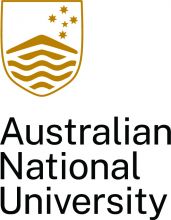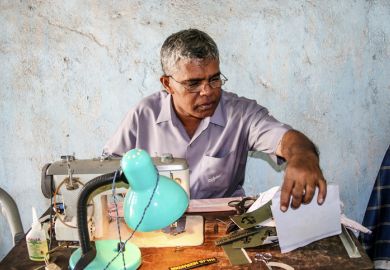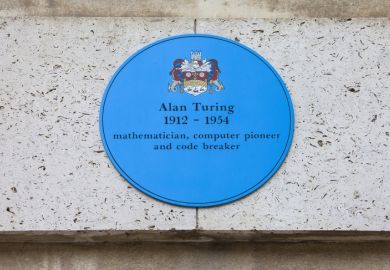Of the many things I worry about as a university leader, the threat to the hallowed Humboldtian university model, where teaching and research are inexorably mixed, is high on the list. Students and their experiences are increasingly overlooked as a hallmark of a strong university, while great research takes centre stage.
My concern is that, in order to boost research rankings, some universities are overtly manipulating their reportable workforce, converting, en masse, academics into teaching-only roles that break the link between higher education and research. This is shortsighted in the extreme.
Such universities will defend the segregation of their teaching and research workforces under the seemingly reasonable explanation of comparative advantage: let the best teachers focus on teaching, and let the best researchers focus on research. But, in some cases, staff are fingered to take on large teaching loads based not on their teaching ability but on their perceived underperformance in research.
And there are consequences. Many of the next generation of students will be taught entirely by people who may be great educators but are divorced from the creation of new knowledge. And as that generation become the teachers of their successors, university teaching will become even more disconnected from the leading edge of knowledge.
Future students are likely to ask: “If I am not being taught by a research-active teacher, why exactly should I get my education at a university at all?” It is then that universities will discover just how dependent they are on being a nexus of teaching and research.
The world needs a diverse set of higher education institutions, not just universities, to provide high-quality education for the growing world population. Society also needs growth in the amount of quality research, both fundamental and applied, and leaders who know how to interact with emerging knowledge to bring prosperity. Universities, uniquely, are where research and teaching meet.
One trait shared by the great universities of the world, however defined, is that their undergraduate programmes are in the highest demand. They do not treat their students as commodities. Instead, they devote significant resources per student, bringing together a group of highly capable future leaders to learn from their instructors and each other. Focusing on students is not altruism: it is the foundation of a university’s reputation.
We have turned heads in our sector by announcing that the Australian National University (ANU) will buck the trend in Australia for ever larger student populations, instead focusing our efforts on outstanding student experience. We took a decision to keep our student cohort to about 9,500 undergraduates and a similar number of postgraduates. This entails a tough financial choice; by far the easiest way to grow revenue in Australia is through student enrolments.
By our reckoning, though, limiting our student numbers will achieve the right balance for our institution; our students will get the best possible education from the best possible researchers. We have critical mass across a breadth of studies, our students get to know their teachers – and these teachers have access to the resources and time that enable them to be at the global forefront of research. It also means that our students don’t get lost in a crowd and are part of a human-scale cohort that allows them to interact with a diverse community of classmates.
This may sound as though the ANU is heading back to a bygone age, but the truth is the opposite. We are trying to redefine the modern research university. Our professoriate know that you don’t have to teach a lot of classes here, but when you do teach, you will teach well. This means taking on the findings of my fellow physics Nobel laureate, Carl Wieman, among others, that students learn best when they learn actively.
We are fortunate that the ANU already attracts some of the world’s best students – our responsibility is to create an experience that is as enriching as possible, going well beyond our course offerings. Our ambition is that every student will have the opportunity to live on campus as part of an intellectually rich environment that extends their thinking beyond their own discipline.
As a National University with a global mission, we have a responsibility to ensure that our community reflects the whole of society, so we have changed the way we admit students. Starting this year, we are offering places to the best students in every school in Australia and focusing our philanthropic efforts on creating scholarships available to talented people from around the world.
This student focus means that our academics get to work on a campus alive with enthusiastic, engaged minds occupying a collegiate space, where research is conducted, considered, explained and dissected.
Our transition, as with all change, is still a work in progress, and we are searching for the world’s best practice and leadership to help us get it right. But we are clear that a great education from great researchers in a great environment simply cannot be delivered by massification.
Brian Schmidt is vice-chancellor and president of the Australian National University, which is currently seeking a deputy vice-chancellor (academic).
POSTSCRIPT:
Print headline: Walling off teaching from research blocks greatness
Register to continue
Why register?
- Registration is free and only takes a moment
- Once registered, you can read 3 articles a month
- Sign up for our newsletter
Subscribe
Or subscribe for unlimited access to:
- Unlimited access to news, views, insights & reviews
- Digital editions
- Digital access to THE’s university and college rankings analysis
Already registered or a current subscriber? Login








